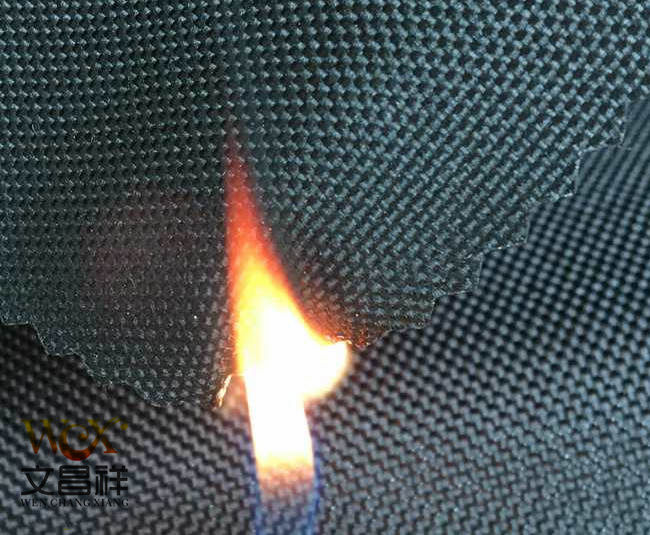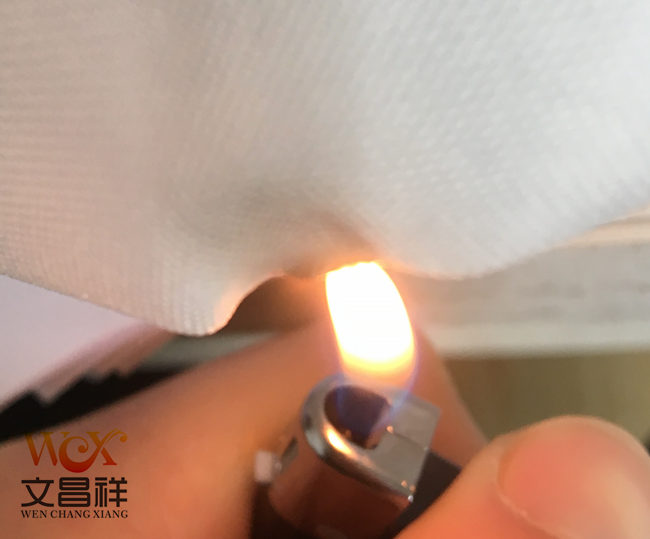Modern big cities are densely populated and have many buildings, and fires often occur. In order to reduce the occurrence of fires and reduce fire hazards, the development of flame-retardant products including flame-retardant fabrics has been put on the agenda, and flame-retardant finishing of textile fabrics has been put on the agenda. appear more important. Different fire-retardant and flame-retardant fabrics have different names and their corresponding fire-retardant degrees.

Fire-retardant fabric means that when the fabric is placed in a fire source with a temperature of 600°C, it can still maintain its original shape without being ignited, and the textile does not lose its original performance.
Flame retardant fabrics allow the fabric to ignite or not ignite when placed in a fire source. Once ignited and the fire source is removed, it will stop burning, or it will burn without flame (smoldering) for a period of time and then automatically extinguish.
Combustible fabrics are fabrics that are ignited when placed in a fire source and burn until they burn out.

Flame retardant The application fields of fabrics are relatively wide, including fire protective clothing, steelmaking work clothes, welding work clothes, medical protective clothing, etc. in industry; in home life, decorative fabrics and clothing for families; decorative fabrics for tarpaulins and transportation; theaters, theaters, etc. Decorative fabrics in hotels, hospitals, schools and other public places also need to have flame retardant properties.
Oxford cloth specifications: 1680D, 1200D, 900D, 600D, 420D, 300D, 210D, 150D, etc.
Oxford cloth functional classification: flame retardant Oxford cloth, waterproof Oxford cloth, PVC Oxford cloth, PU Oxford cloth, camouflage Oxford cloth, fluorescent Oxford cloth, printed Oxford cloth, composite Oxford cloth, etc. </p








